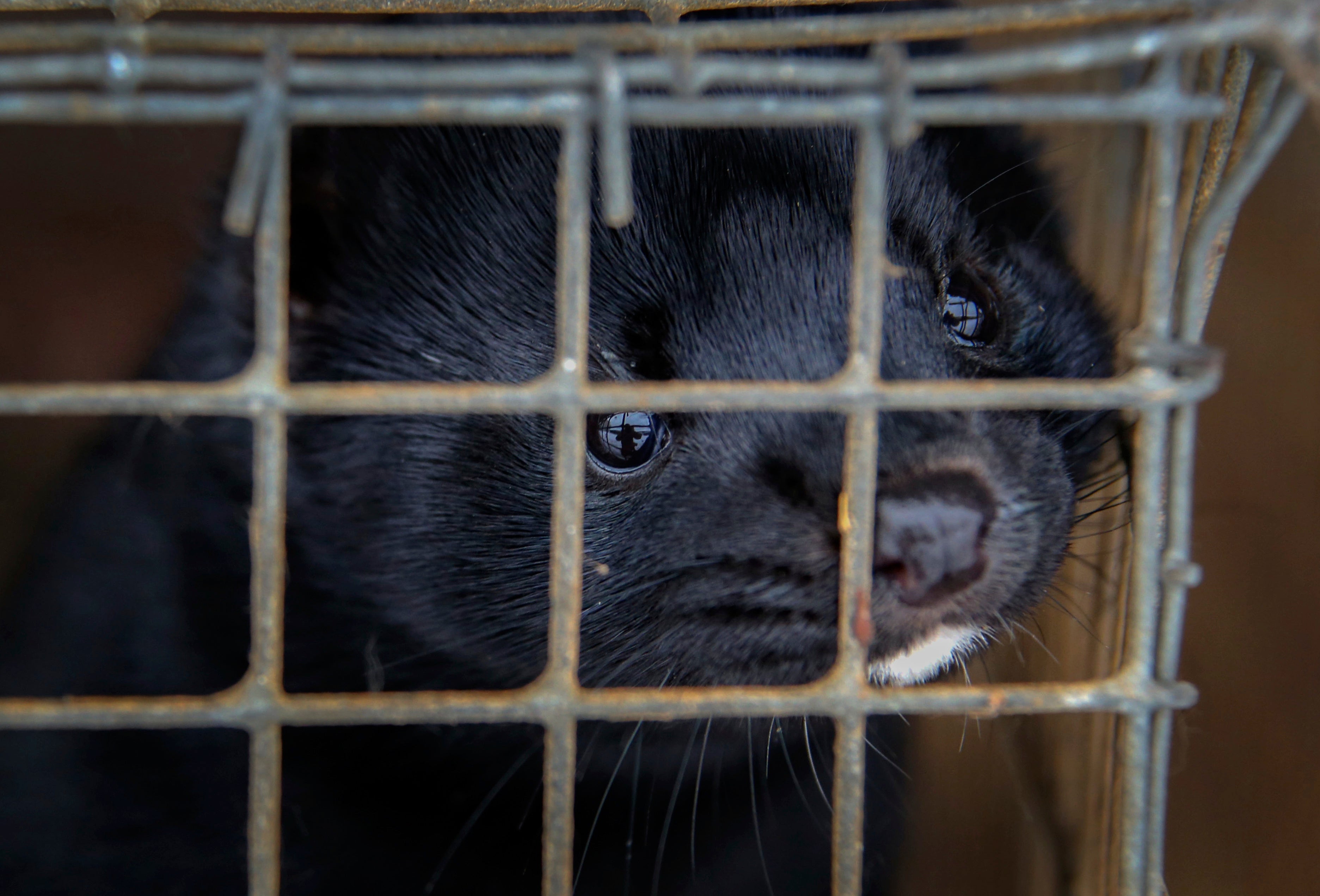Danes start culling 2.5 million minks after virus hits farms
The culling of at least 2.5 million minks in northern Denmark has started, authorities said Monday after the coronavirus has been reported in at least 63 farms

Your support helps us to tell the story
From reproductive rights to climate change to Big Tech, The Independent is on the ground when the story is developing. Whether it's investigating the financials of Elon Musk's pro-Trump PAC or producing our latest documentary, 'The A Word', which shines a light on the American women fighting for reproductive rights, we know how important it is to parse out the facts from the messaging.
At such a critical moment in US history, we need reporters on the ground. Your donation allows us to keep sending journalists to speak to both sides of the story.
The Independent is trusted by Americans across the entire political spectrum. And unlike many other quality news outlets, we choose not to lock Americans out of our reporting and analysis with paywalls. We believe quality journalism should be available to everyone, paid for by those who can afford it.
Your support makes all the difference.Danish veterinarians and farmers have begun culling at least 2.5 million minks in northern Denmark, authorities said Monday, after coronavirus has been reported in at least 63 farms
The Danish Veterinary and Food Administration is handling the culling of the infected animals while breeders who have non-infected animals on a farm within 8 kilometers (5 miles) of an infected farm must put them to sleep themselves, said Flemming Kure Marker of the government agency.
”We are moving forward, we are getting it done,” he said of the culling that started Thursday in the village of Gjoel, west of Aalborg, adding it could last months, depending on the spread of the virus.
There was no immediate figures on how many animals have already been killed.
On Friday, a mink farmer refused to let authorities enter his farm to cull the animals and a padlock had to been cut, police spokesman Henrik Skals told The Associated Press. Over the weekend, a handful of protesters were removed outside two mink farms he added.
The administration said breeders with non-infected minks will get 100% compensation while those with infected animals will receive less as an incentive for farmers to keep the infection out of their herds.
Denmark is among the largest mink exporters in the world and produces an estimate 17 million furs per year. Kopenhagen Fur, a cooperative of 1,500 Danish breeders, accounts for 40% of the global mink production. Most of its exports go to China and Hong Kong.
The coronavirus pandemic could “threaten the entire profession,” said Tage Pedersen, chairman of Danish Fur Breeders Association. “All breeders are right now in a huge amount of uncertainty and frustration over this ‘meteor’ that has fallen on our heads.”
Scientists are still digging into how the minks got infected and if they can spread it to people. Some may have gotten the virus from infected workers. Dutch authorities say some farm workers later caught the virus back from the minks.
In August, the Netherlands brought forward the mandatory end of mink farming by three years to 2021 amid a growing number of coronavirus infections at fur farms.
In Poland, another large mink fur exporter, the ruling right-wing coalition and the opposition are deeply divided over a new law that would ban fur farms. Opponents say the law will destroy the livelihoods of hundreds of fur farmers.
___ Monika Scislowska in Warsaw, Poland, contributed.
___
Follow AP’s pandemic coverage at http://apnews.com/VirusOutbreak and https://apnews.com/UnderstandingtheOutbreak